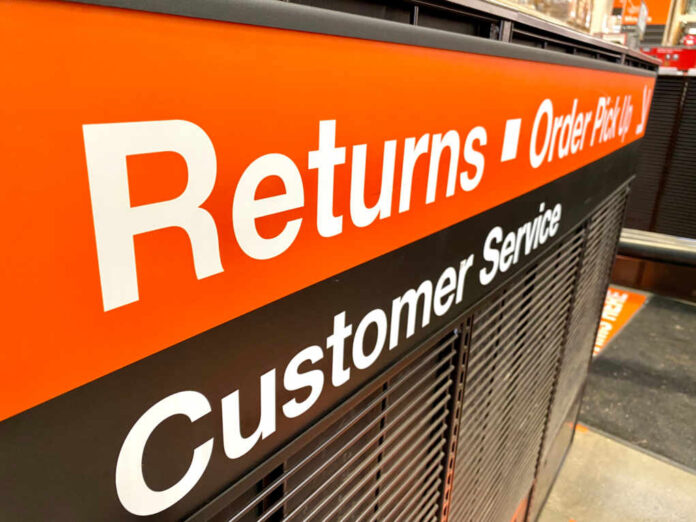
Across the U.S., retailers have recently begun finding boxes of post-holiday products refunded containing fake receipts, coal, bricks, and other damaged goods sent back by customers expecting a full refund.
Retailers facing unprecedented wave of fraudulent holiday returns https://t.co/nY3Sq3rR5y https://t.co/nY3Sq3rR5y
— Washington Examiner (@dcexaminer) January 10, 2024
Considering the massive number of fraudulent returns, the National Retail Federation (NRF) estimated that about $101 billion in merchandise was returned without reason in 2023. Such a figure represents approximately 14% of the products that were returned to retailers in 2023, which was more than twice the amount in 2020.
In a statement, the NRF indicated that retailers are scrambling to find ways to reduce the significant losses caused by fraudulent returns.
“Retailers continue to test and implement new ways to minimize losses from returns, particularly those that are fraudulent, while at the same time optimizing the shopping experience for their customers,” the executive director of the NRF, Mark Matthews, said.
“Retailers’ efforts include providing greater detailed descriptions on sizing and fit of products for online purchases and requiring a receipt with returned items. As a whole, the industry is prioritizing efforts to reduce the amount of merchandise returned in stores and online,” he added.
Given the large-scale spurious return operation, it is said that the retailing industry could face profit margin losses, putting some businesses in jeopardy.
“We’re headed for a trillion-dollar problem here,” retailing industry analyst Tom Enright said.
Enright told the Wall Street Journal that the increase in bogus returns signals the trend in the number of individuals trying to take advantage of the system, hoping they can obtain a full refund on products by simply submitting a return without the purchased goods.
The NRF said that most of the bogus returns occur in the form of “wardrobing,” which happens when a customer returns clothing with defects that didn’t exist when sold.
The chief executive of the returns technology firm Optoro, Amena Ali, said the spurious returns are “definitely becoming more and more of a concern to retailers,” adding that individuals participating in such acts are just trying to make money.
As one could imagine, most fraudulent returns happen by mail instead of at the store. A manager for the data platform company Inmar Intelligence, Thomas Borders, told the Wall Street Journal that physical returns lead to “much, much, much lower fraud.”

























